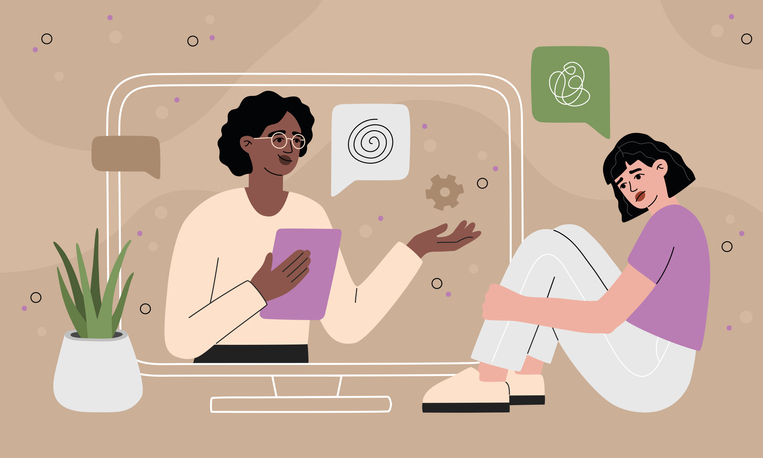Providing consumers access to their data without overwhelming their health literacy threshold is probably the biggest challenge for companies developing patient portals to provide access to electronic health records. Too much of a focus on images can be distracting but too much text can cause eye strain or be daunting for users.
And you still need to guide users through the components so there needs to be, if not breadcrumbs, an easy way for users to navigate.
Mana Health is one of nine health IT companies making its case to the New York eHealth Collaborative to win a patient portal competition and adopt elements of its interface in its patient portal design. CEO Christopher Bradley takes the view that by making patient data dynamic and colorful, it can better engage the less health literate and increase the use of the portal. The icons not only demarcate the topic, but are also part of how it conveys information to users.

Behavioral Health, Interoperability and eConsent: Meeting the Demands of CMS Final Rule Compliance
In a webinar on April 16 at 1pm ET, Aneesh Chopra will moderate a discussion with executives from DocuSign, Velatura, and behavioral health providers on eConsent, health information exchange and compliance with the CMS Final Rule on interoperability.
One extra feature Mana Health included that others didn’t demonstrate was a section that could integrate data by uploading it from personal health devices like FitBit and Jawbone. And with Jawbone’s acquisition announced this week there could be scope for data from BodyMedia’s sensors also being included possibility exists. Although the infrastructure has been built for this component to be utilized in electronic record systems, it is still at the pilot stage.
The clinical decision support software the company produces earned it an award from Allscripts Phase One App Challenge last month. It collects patient data and suggests testing needs. The goal was to develop apps to be integrated with Allscripts’ electronic health record software.
Improving heath literacy is crucial to improving outcomes and it was a frequently mentioned issue at the patient portal demo day yesterday. Can one interactive portal successfully engage all comers? Yes and no. The 75 year old grandmother probably wouldn’t use it unless they were unthreatened by new technology or excited by seeing their record or had a willing teacher (ie, children or grandchildren). Other reasons will hold back other users. But for the vast majority, particularly those who are keen to get access to their records it will help. And curiosity about such as platform could be a strong motivator too. But the aesthetic design could be a critical sweetener that would make sending and receiving such detailed health information more manageable.

A Deep-dive Into Specialty Pharma
A specialty drug is a class of prescription medications used to treat complex, chronic or rare medical conditions. Although this classification was originally intended to define the treatment of rare, also termed “orphan” diseases, affecting fewer than 200,000 people in the US, more recently, specialty drugs have emerged as the cornerstone of treatment for chronic and complex diseases such as cancer, autoimmune conditions, diabetes, hepatitis C, and HIV/AIDS.












